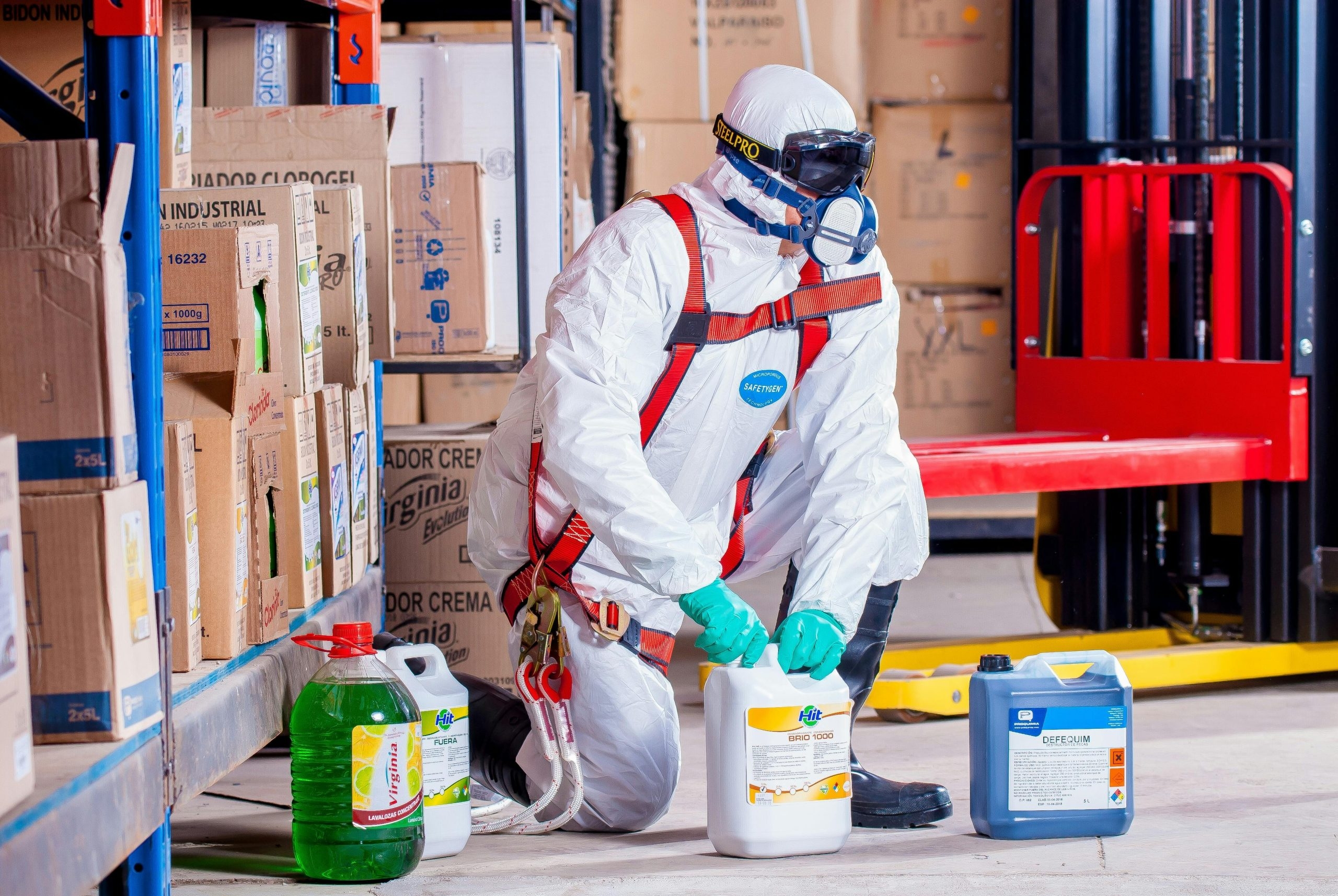What Should the Temperature be in a Workplace?
Firstly, a myth buster. There is no maximum or minimum workplace temperatures where the employee is entitled to stop work.
However, the employer is legally required to do everything they can to control workplace temperature, and the suggested minimum is 16 degrees Celsius, or 13 degrees Celsius for more strenuous work. When the workplace temperature falls below these temperatures it is then the HSE would expect an employer to act.
How you control both low and high workplace temperatures depends on whether the work is indoors or outdoors.
Indoor Work and Temperature
Handling a Cold Temperature in the Workplace
The most obvious way of controlling workplace temperature indoors is by having a heating system or portable heaters. The use of fixed heating systems are recommended as portable heaters carry additional fire risk and should never be used unattended or be used with a timer to enable the heater to operate before the building is occupied.
If the workplace dictates that a room should have a colder temperature such as a cold store, heating is obviously not an option so the employer should consider all types of thermal clothing and must provide this free of charge. This can include trousers, jackets, gloves, thermal socks and balaclava’s and regular breaks.
Handling a Warmer Temperature in the Workplace
The ultimate control is obviously air conditioning, but if not installed portable units can be purchased or hired. The practicality of this depends on the size of office. Is it open plan? or a number of units required for individual offices? Portable fans can also be utilised and windows opened. You could also consider the possibility of flexible working patterns to avoid the hottest part of the day and supplying water coolers within the working environment.
What can be very effective is having external windows which face the sun during summer that are fitted with blinds but this does obviously enclose the workspace with regard to visibility. A good alternative is having tinted film applied to external windows, but again this would depend on cost/number of windows.
Outdoor Work and Temperature in the Workplace
Handling a Cold Temperature for Outdoor Work:
If the work is outside, the controls are the same as indoors where a workplace temperature needs to be cooler. In extremely low temperatures, more regular but perhaps shorter breaks could be considered to allow workers to go to warm welfare facilities to get a hot drink.
Handling a Warmer Temperature for Outdoor Work:
Provide appropriate PPE and workwear - if uniform is supplied it should be assessed for suitability when dealing with temperatures. Sunscreen should also be supplied by the employer and its use, encouraged. Again, regular breaks and chilled water availability should be considered.
What to do when Workers Complain or are Reporting Illness Due to Temperatures?
If your workers are complaining or reporting illnesses that may be caused by temperatures in your workplace, review the situation and, if necessary, put in place controls to manage the risks. You may need to:
- Monitor how workplace temperatures are affecting workers as part of your risk management.
- Put health surveillance or medical screening in place for workers who are pregnant, have illnesses or disabilities, or are taking certain medication.
- Review working habits and current practices and (where necessary) change these to control the risks.
If you need advice on handling workplace temperatures give us a call back below:






